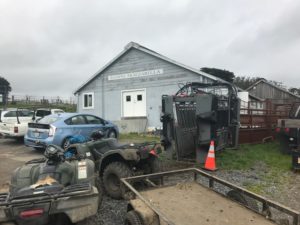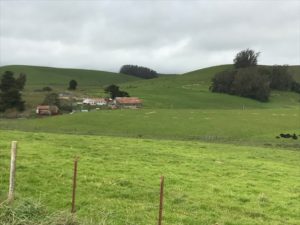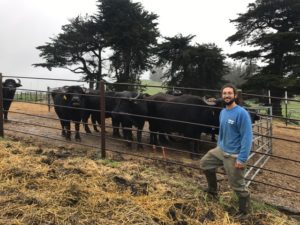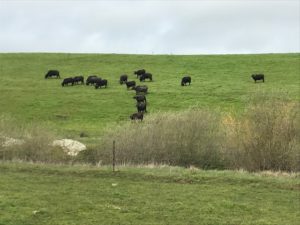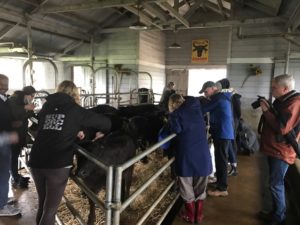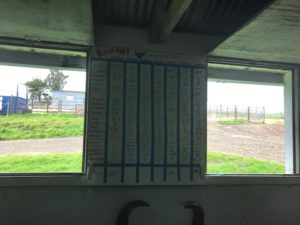Overview
Subsidy is a form of financial support from government to promote dairy farming in India. The primary capital subsidy is from central government which is managed through NABARD. State governments also provide support through subsidized fodder seeds, medicines, equipment, vetinery services, etc but state governments usually do not provide financial support.
NABARD
NABARD stands for National Bank for Agriculture and Rural Development. Though NABARD is a bank, it usually does not directly deal with customers – it coordinates with other banks and co-operatives to deliver services. Central government allocates dairy subsidy amount in yearly budget to NABARD and NABARD works with other banks to distribute this amount to farmers.
Dairy Entrepreneurship Development Scheme (DEDS)
DEDS is a central government subsidy to promote dairy farms. The objectives of the scheme are as follows:
- To promote setting up of modern dairy farms for production of clean milk
- To encourage heifer calf rearing thereby conserve good breeding stock
- To bring structural changes in the unorganized sector so that initial processing of milk can be taken up at the village level itself.
- To bring about upgradation of quality and traditional technology to handle milk on a commercial scale
- To generate self employment and provide infrastructure mainly for unorganized sector.
Who is Eligible for DEDS Subsidy?
- Farmers, individual entrepreneurs, NGOs, companies , groups of unorgainsed and organized sector etc. Groups of organized sector include self help groups, dairy cooperative societies, milk unions , milk federations etc.
- An individual will be eligible to avail assistance for all the components under the scheme but only once for each component
- More than one member of a family can be assisted under the scheme provided they set up separate units with separate infrastructure at different locations. The distance between the boundaries of two such farms should be at least 500m.
Subsidies
The following are the subsidies through DEDS:
| S.No |
Component |
Unit Cost |
Pattern of Assistance |
| 1 |
Establishment of small dairy units with crossbred cows/ indigenous descript milch cows like Sahiwal, Red Sindhi, Gir, Rathi etc / graded buffaloes upto 10 animals |
Rs 5.00 lakh for 10 animal unit – minimum unit size is 2 animals with an upper limit of 10 animals. |
25% of the outlay (33 .33 % for SC / ST farmers, ) as back ended capital subsidy subject to a ceiling of Rs 1.25 lakh for a unit of 10 animals ( Rs 1.67 lakh for SC/ST farmers,). Maximum permissible capital subsidy is Rs 25000 ( Rs 33,300 for SC/ST farmers )for a 2 animal unit. Subsidy shall be restricted on a prorata basis depending on the unit size |
| 2 |
Rearing of heifer calves – cross bred, indigenous descript milch breeds of cattle and of graded buffaloes – upto 20 calves |
Rs 4.80 lakh for 20 calf unit -minimum unit size of 5 calves with an upper limit of 20 calves |
25% of the outlay (33.33 % for SC / ST farmers) as back ended capital subsidy subject to a ceiling of Rs 1.20 lakh for a unit of 20 calves ( Rs 1.60 lakh for SC/ST farmers). Maximum permissible capital subsidy is Rs 30,000 ( Rs 40,000 for SC/ST farmers) for a 5 calf unit. Subsidy shall be restricted on a prorata basis depending on the unit size |
| 3 |
Vericompost (with milch animal unit .To be considered with milch animals and not separately ) |
Rs 20,000/- |
25% of the outlay (33.33 % for SC / ST farmers)as back ended capital subsidy subject to a ceiling of Rs 5,000/- ( Rs 6700/- for SC/ST farmers,). |
| 4 |
Purchase of milking machines /milkotesters/bulk milk cooling units (upto 2000 lit capacity) |
Rs 18 lakh |
25% of the outlay (33.33 % for SC / ST farmers) as back ended capital subsidy subject to a ceiling of Rs 4.50 lakh ( Rs 6.00 lakh for SC/ST farmers). |
| 5 |
Purchase of dairy processing equipment for manufacture of indigenous milk products |
Rs 12 lakh |
25% of the outlay (33.33 % for SC / ST farmers) as back ended capital subsidy subject to a ceiling of Rs 3.00 lakh ( Rs 4.00 lakh for SC/ST farmers). |
| 6 |
Establishment of dairy product transportation facilities and cold chain |
Rs 24 lakh |
25% of the outlay (33.33 % for SC / ST farmers) as back ended capital subsidy subject to a ceiling of Rs 6.00 lakh ( Rs 8.00 lakh for SC/ST farmers). |
| 7 |
Cold storage facilities for milk and milk products |
Rs 30 lakh |
25% of the outlay (33.33 % for SC / ST farmers) as back ended capital subsidy subject to a ceiling of Rs 7.50 lakh ( Rs 10.00 lakh for SC/ST farmers). |
| 8 |
Establishment of private veterinary clinics |
Rs 2.40 lakh for mobile clinic and Rs 1.80 Lakh for stationary clinic. |
25% of the outlay (33.33 % for SC / ST farmers) as back ended capital subsidy subject to a ceiling of Rs 60,000/- and Rs 45,000/- ( Rs 80,000/- and Rs 60,000/- for SC/ST farmers) respectively for mobile and stationary clinics |
| 9 |
Dairy marketing outlet / Dairy parlour |
Rs 56,000/- |
25% of the outlay (33.33 % for SC / ST farmers) as back ended capital subsidy subject to a ceiling of Rs 14,000/-( Rs 18600/- for SC/ST farmers). |
How to apply for the Subsidy?
The entrepreneurs shall apply to their banks for sanction of the project. The bank shall appraise the project as per their norms and if found eligible, sanction the total outlay excluding the margin, as the bank loan. The loan amount is then disbursed in suitable installments depending on the progress of the unit. After the disbursement of first installment of the loan, the bank shall apply to the concerned Regional Office of NABARD for sanction and release of subsidy.
Basically, you need to approach your local bank and apply for dairy loan. Bank will process the loan application like any other loan. You might need to submit the project report and you would need to pledge property as security depending on the loan amount. Most banks are trying to avoid dairy loans as many dairy farmers are not able to repay their loans.
One more thing to remember, this subsidy is available as first-come first-serve basis. This means when you apply the loan, the subsidy amount should still be available for that year. It is better to check with your Bank manager rather than assuming that you will get subsidy. Generally, subsidy will be available in the beginning of the financial year ie from April.
What is a back-end subsidy?
Though NABARD will release the subsidy to the bank but it will not be count against your loan. If you barrowed 10 lakhs and subsidy is 2 lakhs – the subsidy amount will be added only after you repay 8 lakhs. This basically means you have to repay your portion first.
Conclusion
Though the government provides support, it is a bit challenging to avail those benefits.




